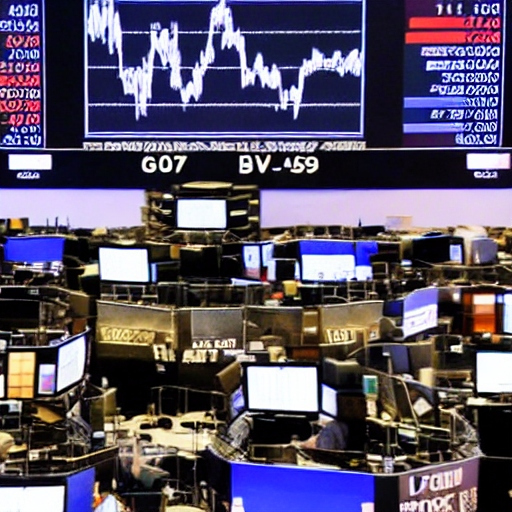The bear market has ended.
However, the bear economy is not. The eurozone is in recession, and some experts believe the United States will follow suit. We’re concerned about interest rate hikes, inflation, reduced spending, layoffs, rising mortgage rates, and a European conflict.
That’s an unusual area to find a bull market.
According to Sameer Samana, senior global market strategist at the Wells Fargo Investment Institute, bull markets often follow economic expansions rather than contractions.
Therefore, why are bulls active in a bear market? All it takes are two letters: AI.
Just a handful of mega cap tech stocks have mostly been responsible for the recent increase in market strength. 2022 was a terrible year for Big Tech, but thanks to ChatGPT, AI is once again the rage in Silicon Valley. Investors are making significant bets on companies like Alphabet, Meta (META), Apple (AAPL), Amazon (AMZN), Nvidia (NVDA), Tesla, and others in the hopes that they would use artificial intelligence to spark a new technological revolution.
According to Matt Bartolini, head of SPDR Americas research at State Street Global Advisors, the gains from those five names this year are the highest we’ve seen in the last 20 years. Nvidia’s stock has increased 163% so far this year. Meta is up by 120%. Tesla has increased by 90%. Google, Amazon, and Apple have all seen gains of at least 40%.
This is due to the fact that such businesses are directly gaining from the AI boom.
“AI is a very big tent,” declared Bartolini. According to him, it includes more than simply search and ChatGPT and touches on everything from Apple iPhone autocorrect to the advertisements that Amazon shoppers see.
Six of the top seven most valuable S&P 500 companies are among those, with Berkshire Hathaway coming in at No. 6 (just ahead of Meta). These firms account for 28% of the S&P’s overall worth. So, the market is being driven by technology.
A narrow market
After a strong rally on Thursday, the S&P 500 ended the day in a bull market, signifying a 20% increase from its previous bottom, which was on October 12, 2022. The bear market that started in January 2022 came to an end as a result, as a bull market is commonly defined as a 20% increase from recent lows.
There is no precise description, and the current state of the markets is a little more complex than the standard binary of bull market and bear market.
According to James Demmert, chief investment officer at Main Street Research, the extremely narrow market leadership by AI-related tech stocks is not an indication of a quality rally or bull market and this occurrence results in a market correction of some form.
Big Tech appears to be “solving” the market’s issues on the surface, but underneath, cyclical and smaller businesses are struggling.
“Real estate is down, materials are down, energy is down, and financials are down,” added Bartolini. This recovery is not cyclical.
The S&P 500 has increased by nearly 12% so far this year, but the strength below the surface does not suggest that we will have gains of the same magnitude over the following six months, he said. Not every boat is rising with the tide.
Less than 25% of the S&P 500’s stocks are truly outperforming the benchmark. Bartolini remarked, That’s a relatively low number.
The silver lining
As markets move upward, the onset of a bull market improves investor sentiment. Investors are undoubtedly in the market to buy.
We don’t place much stock (pun intended) in arbitrary criteria, Bank of America analysts wrote on Friday. However, they observed that after passing the 20% threshold, the S&P 500 on average continued to advance during the following 12 months 92% of the time with an average return of 19%.
According to their analysis, positive surprises are still the more likely direction.








